Carlo Ratti reflects on his bold Venice Architecture Biennale as it closes this weekend
The Venice Architecture Biennale opens with excitement and fanfare every two years; as the 2025 edition draws to a close, we take stock with its curator Carlo Ratti and ask him, what next?

Carlo Ratti believes that ‘architecture can play a central role in addressing the challenges of a changing planet'. As the curator of the 2025 Venice Architecture Biennale, the Italian architect and engineer set out to remind audiences that architecture has a crucial role to play in confronting the climate crisis.
Working under the theme ‘Intelligens. Natural. Artificial’, Ratti treated the biennale as an analytical, tech-curious foray that merged technology with the built environment. As the exhibition now approaches its finissage, it’s clear that this vision has matured into one of the biennale’s boldest iterations in recent memory.
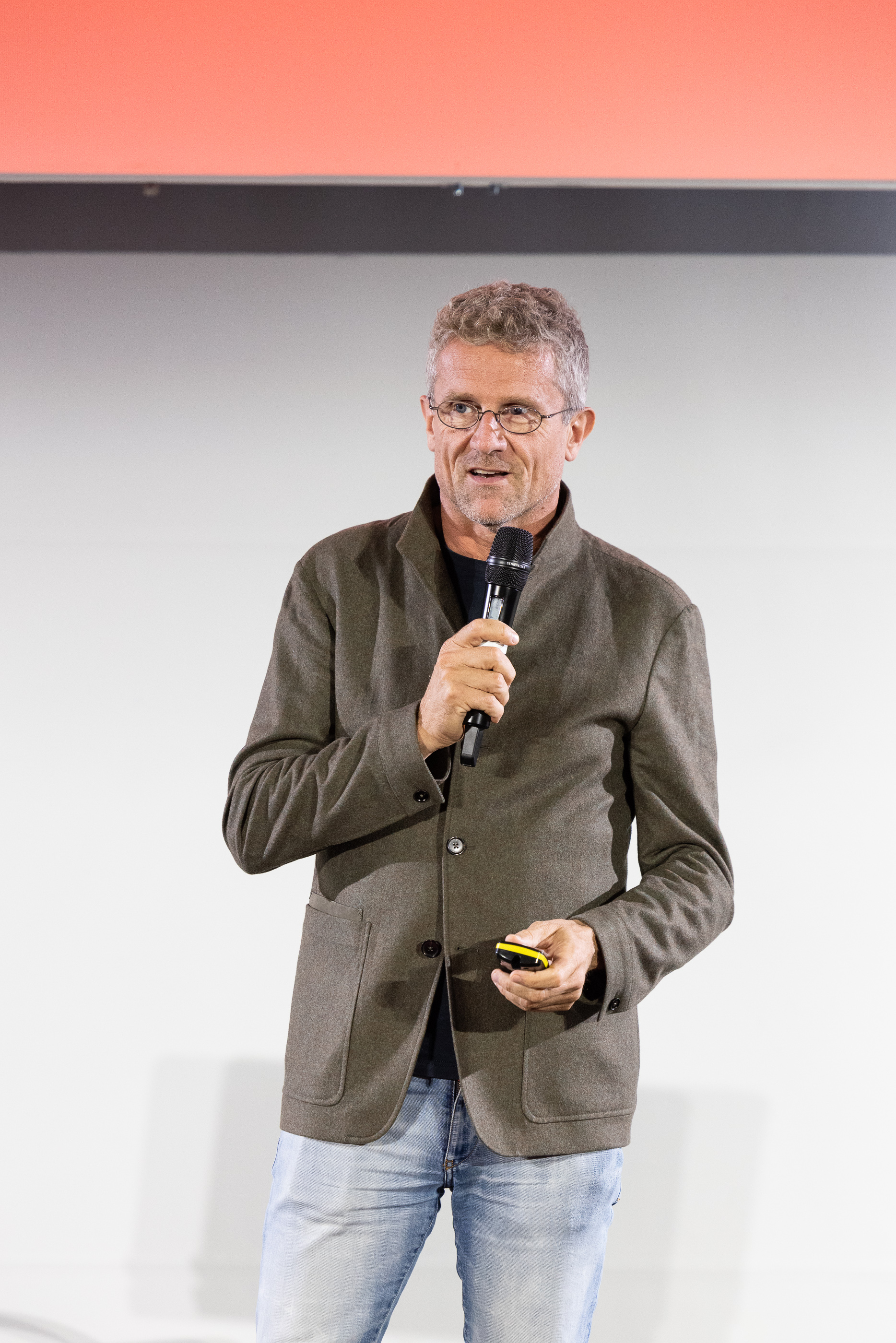
Carlo Ratti
Carlo Ratti on the Venice Architecture Biennale 2025
Ratti’s ambition played out in both scale and spirit. The exhibition brought together more than 300 projects from over 750 participants, drawing architects, academics, and an energetic group of open-call contributors into the conversation. Across the Giardini and the Arsenale, each installation stretched the limits of architectural thinking, technological imagination, and cross-disciplinary exchange.
According to Ratti, the public response shows a clear appetite for innovative architecture that seeks to tackle real societal issues. ‘The feedback has been overwhelmingly positive,’ he notes. ‘Of course, there were some negative reviews, but that’s a good sign: a strong biennale should challenge expectations and ruffle a few feathers.’ For Ratti, the true measure of success lies not in spectacle but in the longevity of ideas.
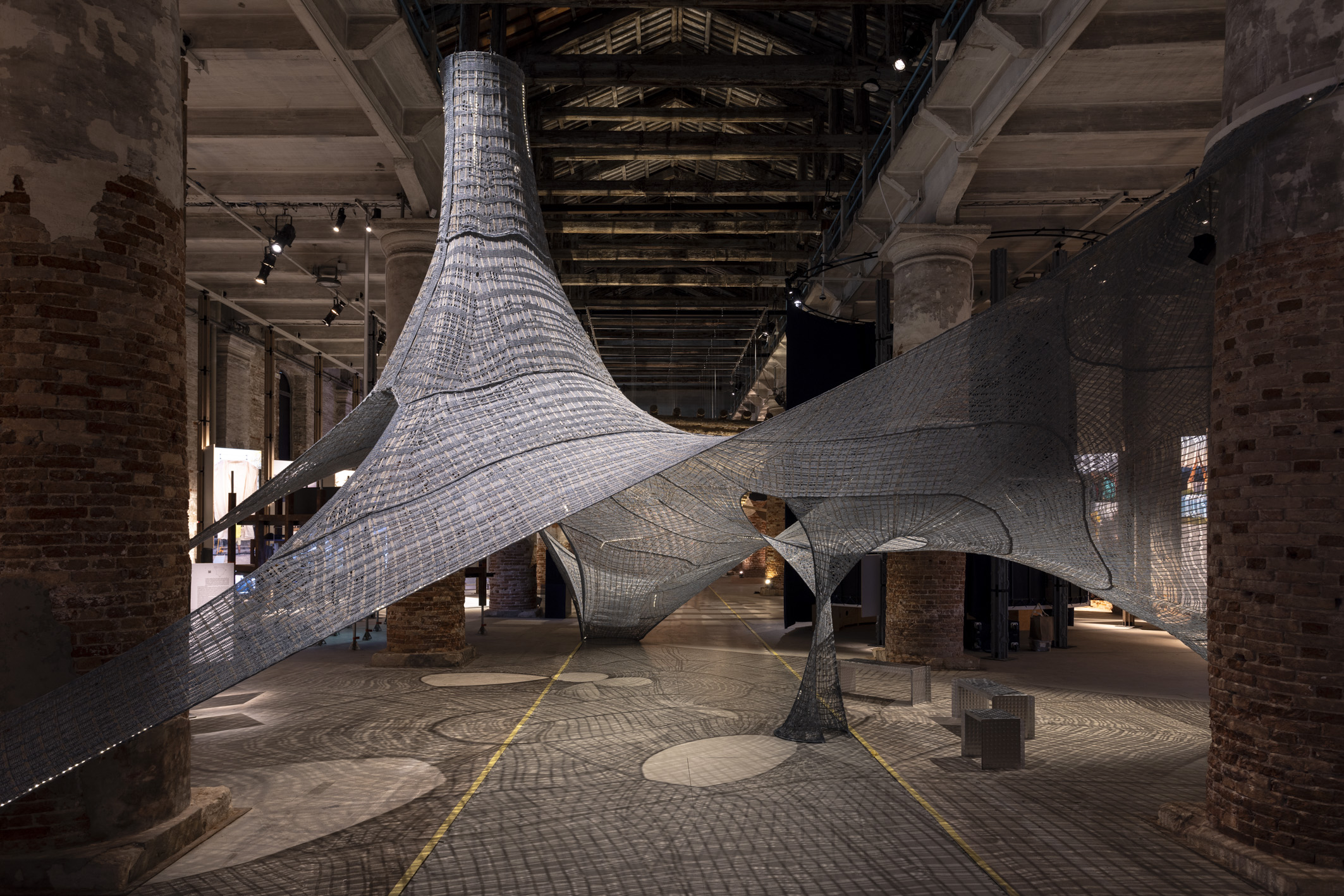
Installation as part of ‘Intelligens. Natural. Artificial’
‘A strong biennale should challenge expectations and ruffle a few feathers’
Carlo Ratti
Central to this edition was the sense of exchange that unfolded among participants. This was not incidental but foundational. ‘The exhibition became a kind of living system, allowing a network of ideas to evolve through dialogue and collaboration,’ he explains. What pleased him most, however, was the seriousness with which contributors engaged with the theme. ‘I am especially happy that so many participants embraced the theme of adaptation with seriousness and forward-looking enthusiasm.’
Yet beneath the energy and experimentation ran a sober sense of urgency. Ratti often describes this moment for architecture as a crossroads. ‘In recent years, I’ve come to see this moment for architecture as what Buckminster Fuller called a “utopia or oblivion” moment. The biennale, however, convinced me that it can be utopia.’ The projects on view, he believes, demonstrated how design can meaningfully respond to climate change through adaptive systems and innovative thinking.

Installation as part of ‘Intelligens. Natural. Artificial’
‘The exhibition became a kind of living system, allowing a network of ideas to evolve through dialogue and collaboration’
Carlo Ratti
This belief in a process-driven, collaborative utopia was strengthened over the course of the biennale. But Ratti also acknowledges that realising such an ambitious vision for the Venice Biennale came with challenges. Fundraising was among the most demanding. ‘Without a central pavilion, we had to be especially inventive in finding and mobilising the necessary resources.’
Receive our daily digest of inspiration, escapism and design stories from around the world direct to your inbox.
Looking ahead, Ratti hopes to expand the threads opened by the exhibition, particularly those that blur the boundaries between architecture and biology. ‘There’s so much to expand across multiple dimensions,’ he says. ‘We have just unveiled AquaPraça, our project for COP30 in Belém.’ Initially conceived for the Venice Biennale, this is a floating public square designed to adapt to rising sea levels.
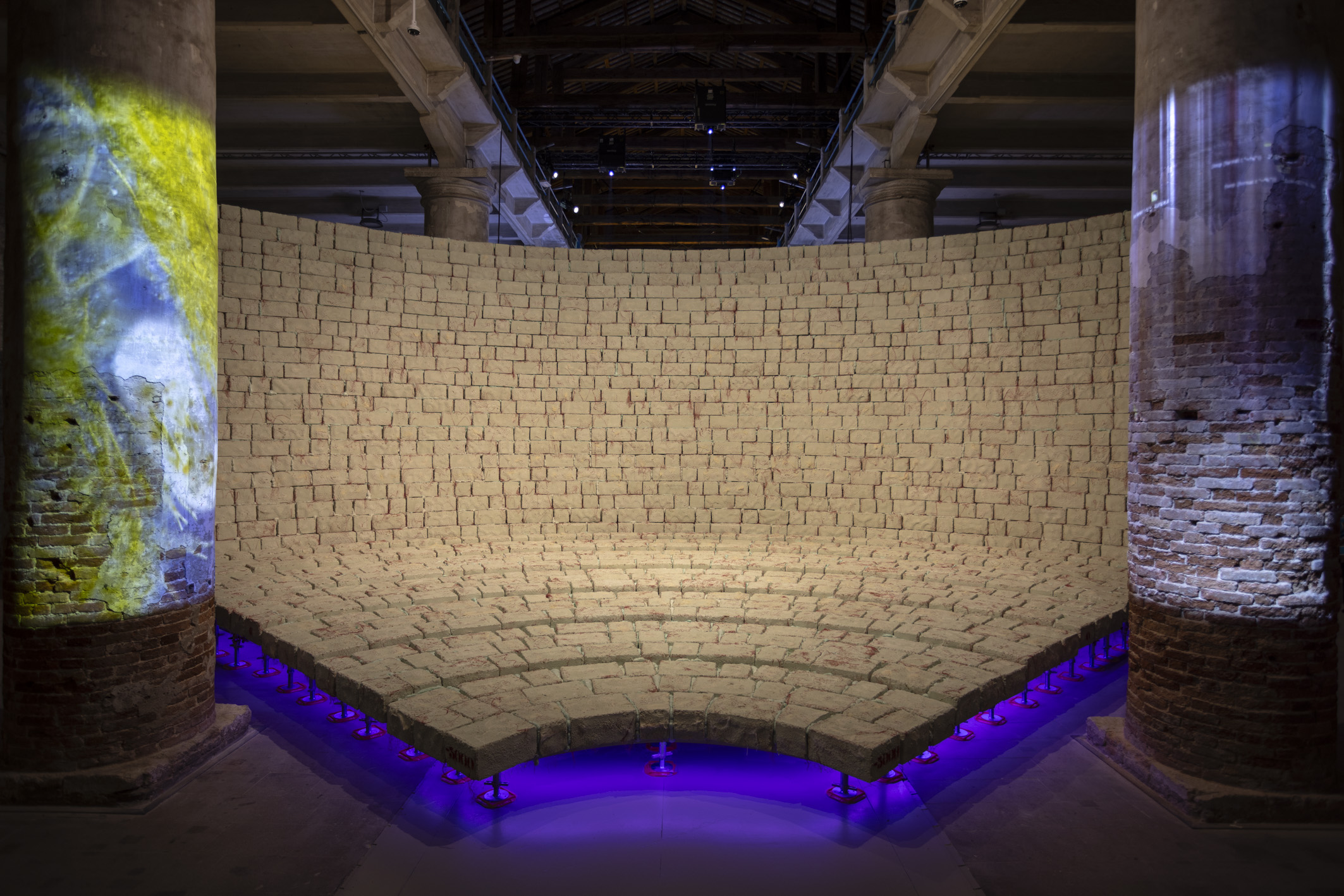
Installation as part of ‘Intelligens. Natural. Artificial’
‘In this space, people can gather, learn, and debate climate action directly on the water,’ he adds. After COP30, Italy will donate it to Brazil to serve as a community hub for environmental education and social engagement. ‘There’s also another initiative on the horizon. A project in Antarctica that I can’t reveal yet, a kind of ice vault for the planet’s collective memory.’
As the 2025 Biennale reaches its finissage, Ratti remains both clear-eyed and optimistic. The work seeded in Venice, he insists, will not remain confined to the lagoon. It will travel, adapt, and take root elsewhere. ‘I’m confident that these ideas will continue to live on long after the biennale,’ he concludes.
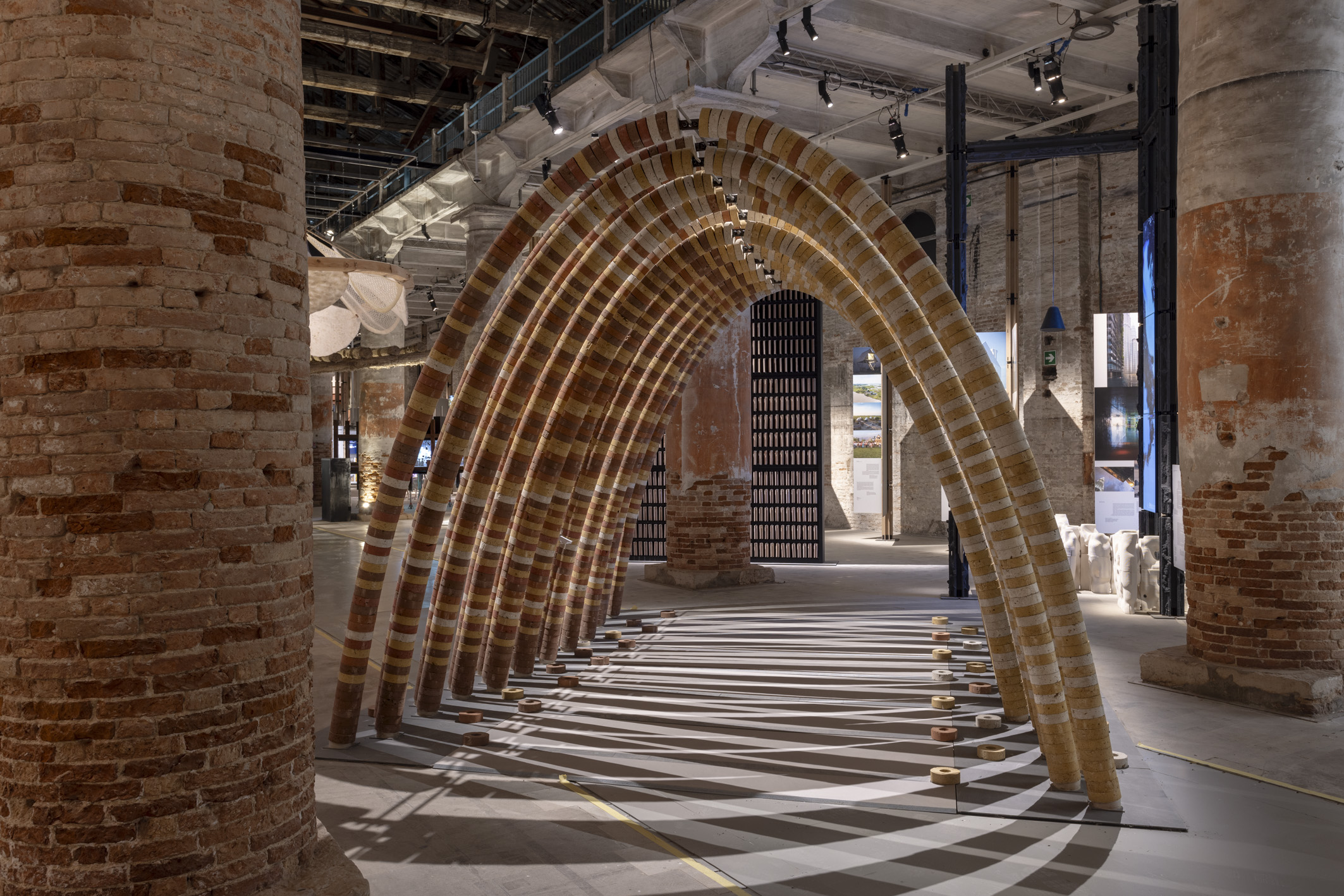
Installation as part of ‘Intelligens. Natural. Artificial’
Shawn Adams is an architect, writer, and lecturer who currently teaches at Central St Martins, UAL and the Architectural Association. Shawn trained as an architect at The Royal College of Art, Architectural Association and University of Portsmouth. He is also the co-founder of the socially-minded design practice Power Out of Restriction. In 2023, POoR won the London Design Festival’s Emerging Design Medal. Shawn writes for numerous international magazines about global architecture and design and aims to platform the voices of those living across the Caribbean, Asia, and Africa.
-
 From smart glasses to ‘empathy’ machines: what AI gadgets get right (and very wrong)
From smart glasses to ‘empathy’ machines: what AI gadgets get right (and very wrong)From furry friends to smart glasses, we test the latest AI gadgets promising to enhance your life
-
 A cinematic members club’ rises in Japan’s forested hills
A cinematic members club’ rises in Japan’s forested hillsJoyce Wang Studio unveils The Magarigawa Club Clubhouse in Chiba
-
 This Gustav Klimt painting just became the second most expensive artwork ever sold – it has an incredible backstory
This Gustav Klimt painting just became the second most expensive artwork ever sold – it has an incredible backstorySold by Sotheby’s for a staggering $236.4 million, ‘Portrait of Elisabeth Lederer’ survived Nazi looting and became the key to its subject’s survival
-
 Step inside Casa Moncler, the brand’s sustainable and highly creative Milanese HQ
Step inside Casa Moncler, the brand’s sustainable and highly creative Milanese HQCasa Moncler opens its doors in a masterfully reimagined Milanese industrial site, blending modern minimalism and heritage, courtesy of ACPV Architects Antonio Citterio Patricia Viel
-
 Aldo Frattini Bivouac is a mountain shelter, but not as you know it
Aldo Frattini Bivouac is a mountain shelter, but not as you know itA new mountain shelter on the northern Italian pre-Alp region of Val Seriana, Aldo Frattini Bivouac is an experimental and aesthetically rich, compact piece of architecture
-
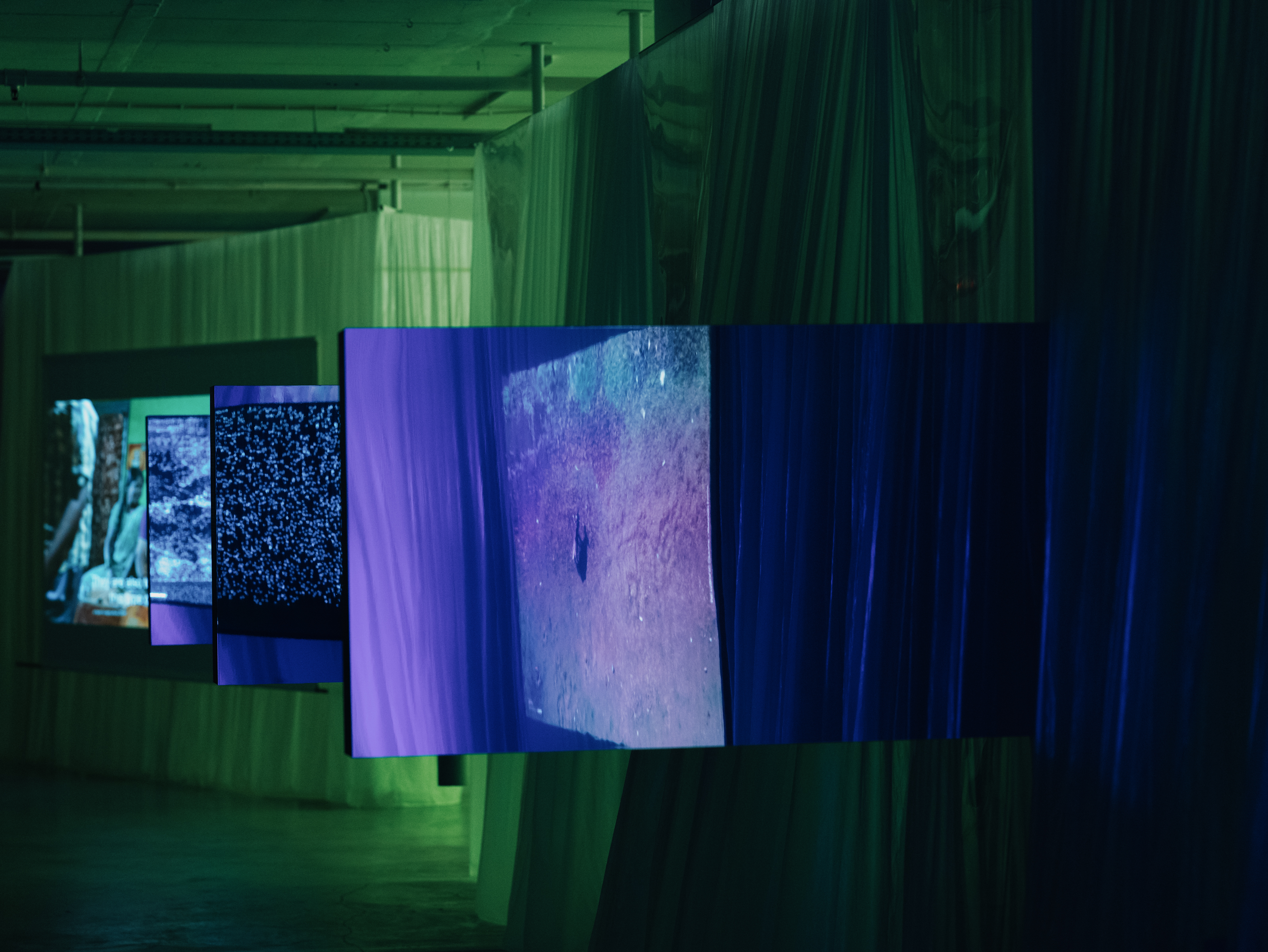 2025 Lisbon Architecture Triennale ponders the (literal and figurative) weight of humanity
2025 Lisbon Architecture Triennale ponders the (literal and figurative) weight of humanityJoin us on a tour of the 2025 Lisbon Architecture Triennale, exploring the question ‘How Heavy is the City?’ and our impact on the planet
-
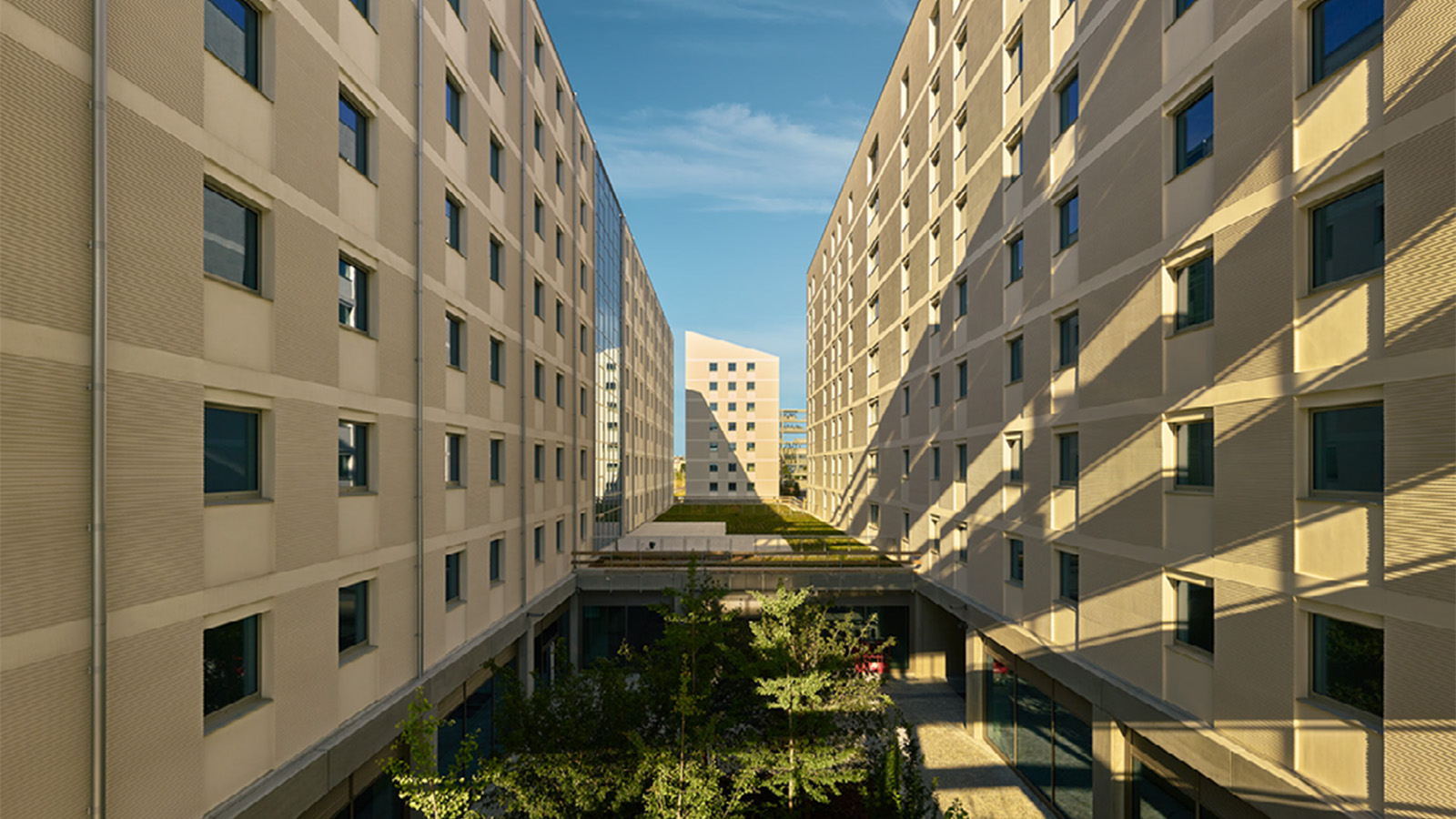 The 2026 Winter Olympics Village is complete. Take a look inside
The 2026 Winter Olympics Village is complete. Take a look insideAhead of the 2026 Winter Olympics, taking place in Milan in February, the new Olympic Village Plaza is set to be a bustling community hub, designed by Skidmore, Owings & Merrill
-
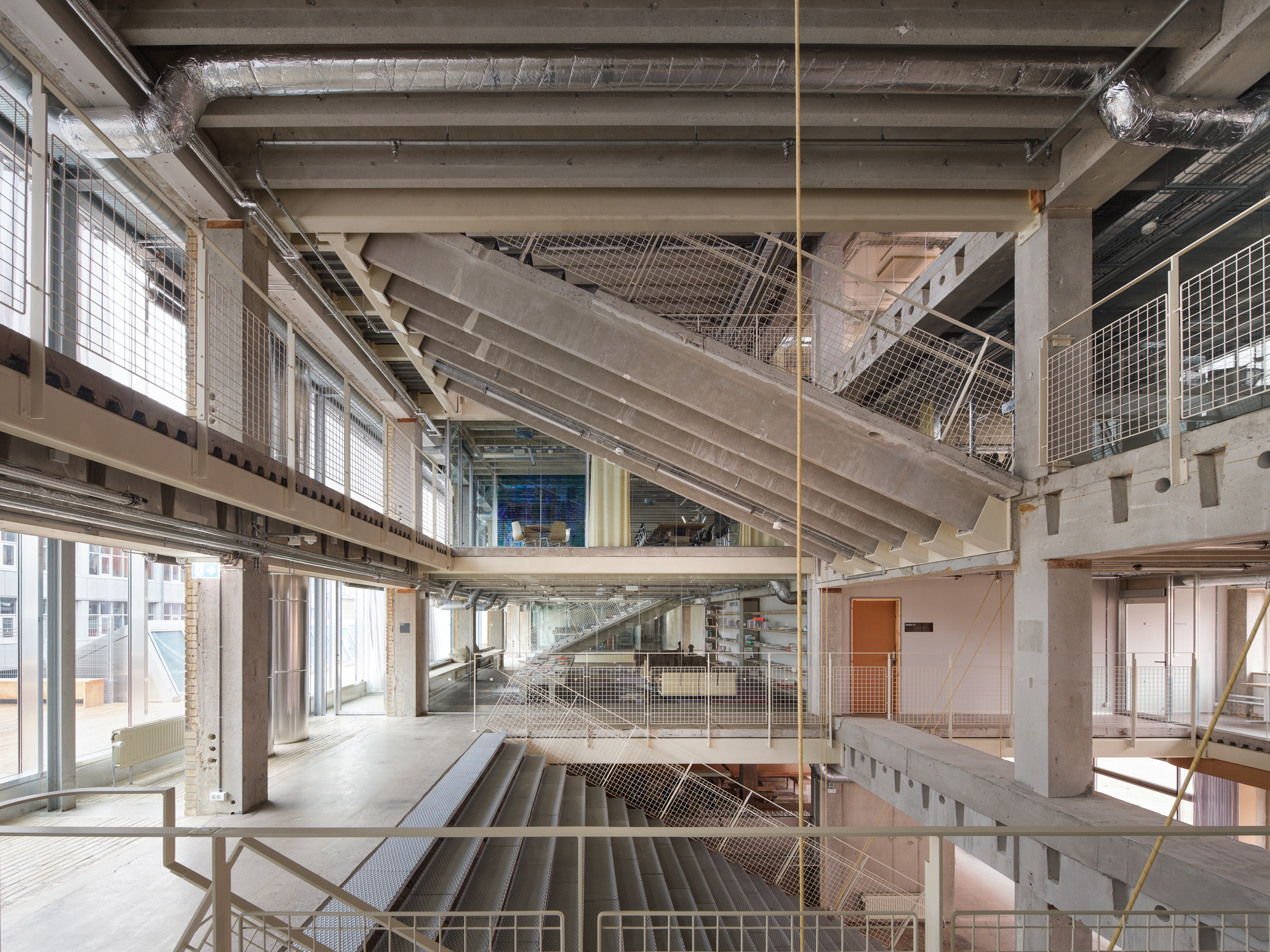 Is slowing down the answer to our ecological challenges? Copenhagen Architecture Biennial 2025 thinks so
Is slowing down the answer to our ecological challenges? Copenhagen Architecture Biennial 2025 thinks soCopenhagen’s inaugural Architecture Biennial, themed 'Slow Down', is open to visitors, discussing the world's ‘Great Acceleration’
-
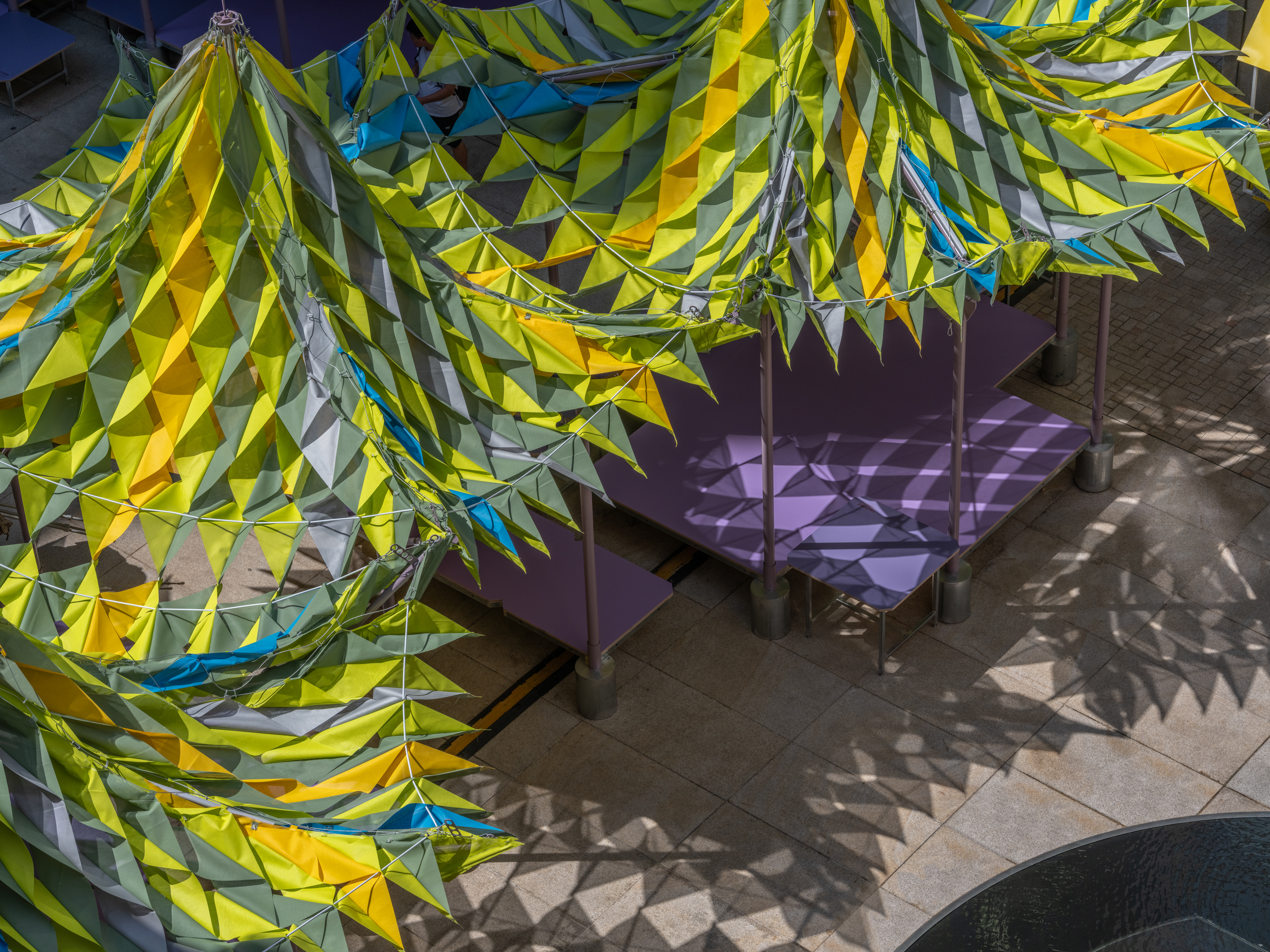 Shanghai’s biennial, RAMa 2025, takes architectural exploration outside
Shanghai’s biennial, RAMa 2025, takes architectural exploration outsideRAMa 2025, the architecture biennial at Rockbund Art Museum in Shanghai, launches, taking visitors on a journey through a historic city neighbourhood – and what it needs
-
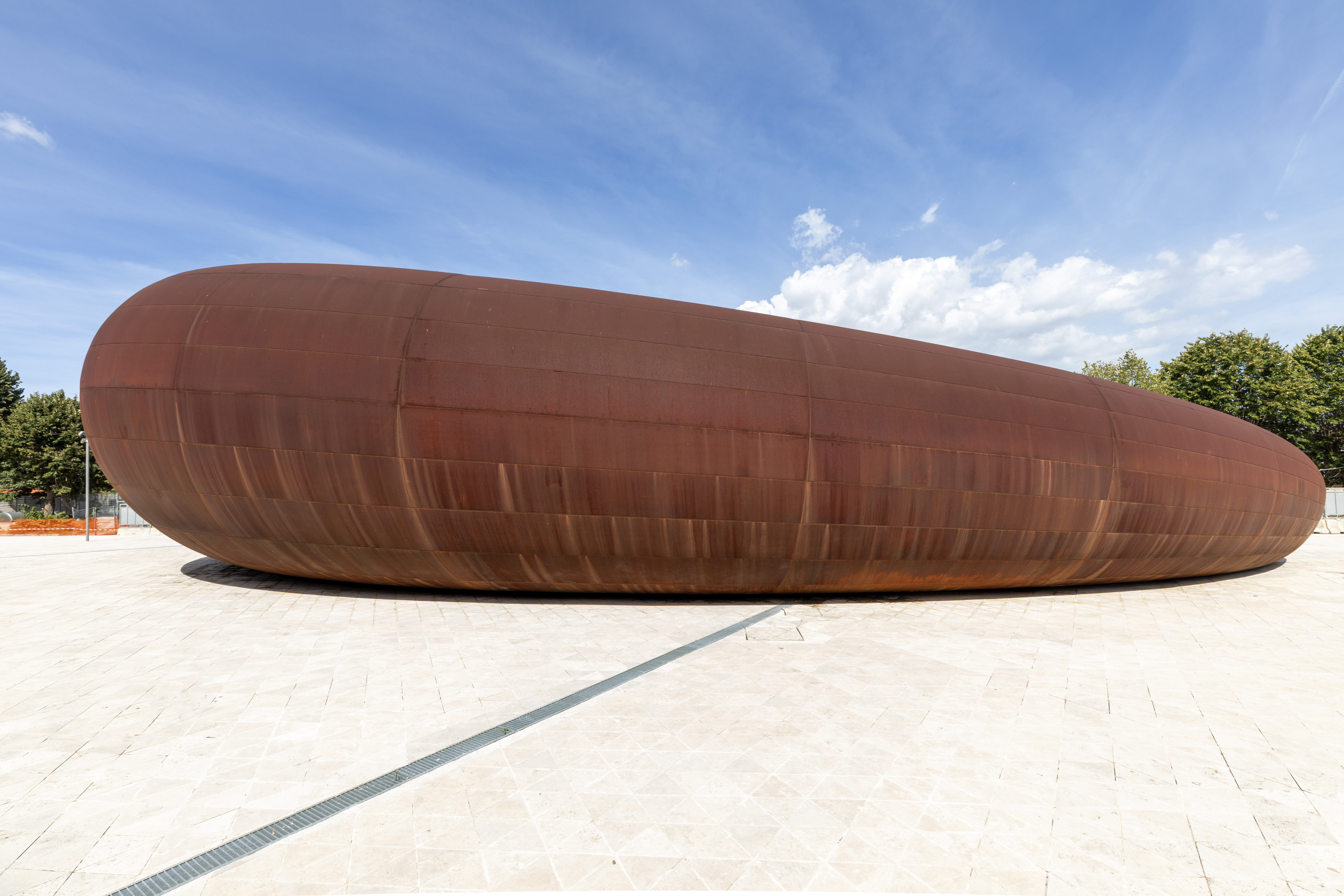 Anish Kapoor designs Naples station as a reflection of ‘what it really means to go underground’
Anish Kapoor designs Naples station as a reflection of ‘what it really means to go underground’A new Naples station by artist Anish Kapoor blends art and architecture, while creating an important piece of infrastructure for the southern Italian city
-
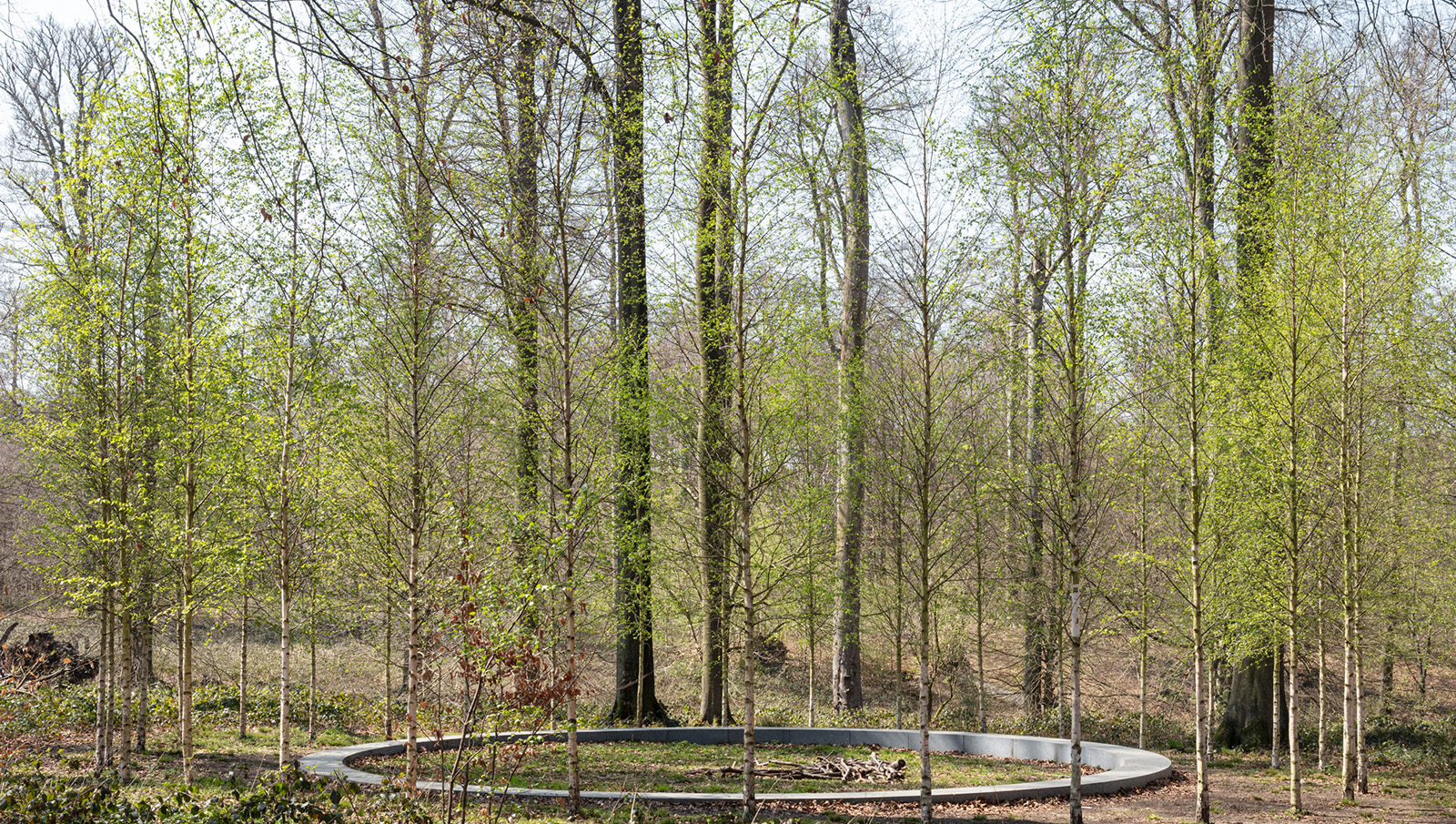 ‘Landscape architecture is the queen of science’: Emanuele Coccia in conversation with Bas Smets
‘Landscape architecture is the queen of science’: Emanuele Coccia in conversation with Bas SmetsItalian philosopher Emanuele Coccia meets Belgian landscape architect Bas Smets to discuss nature, cities and ‘biospheric thinking’